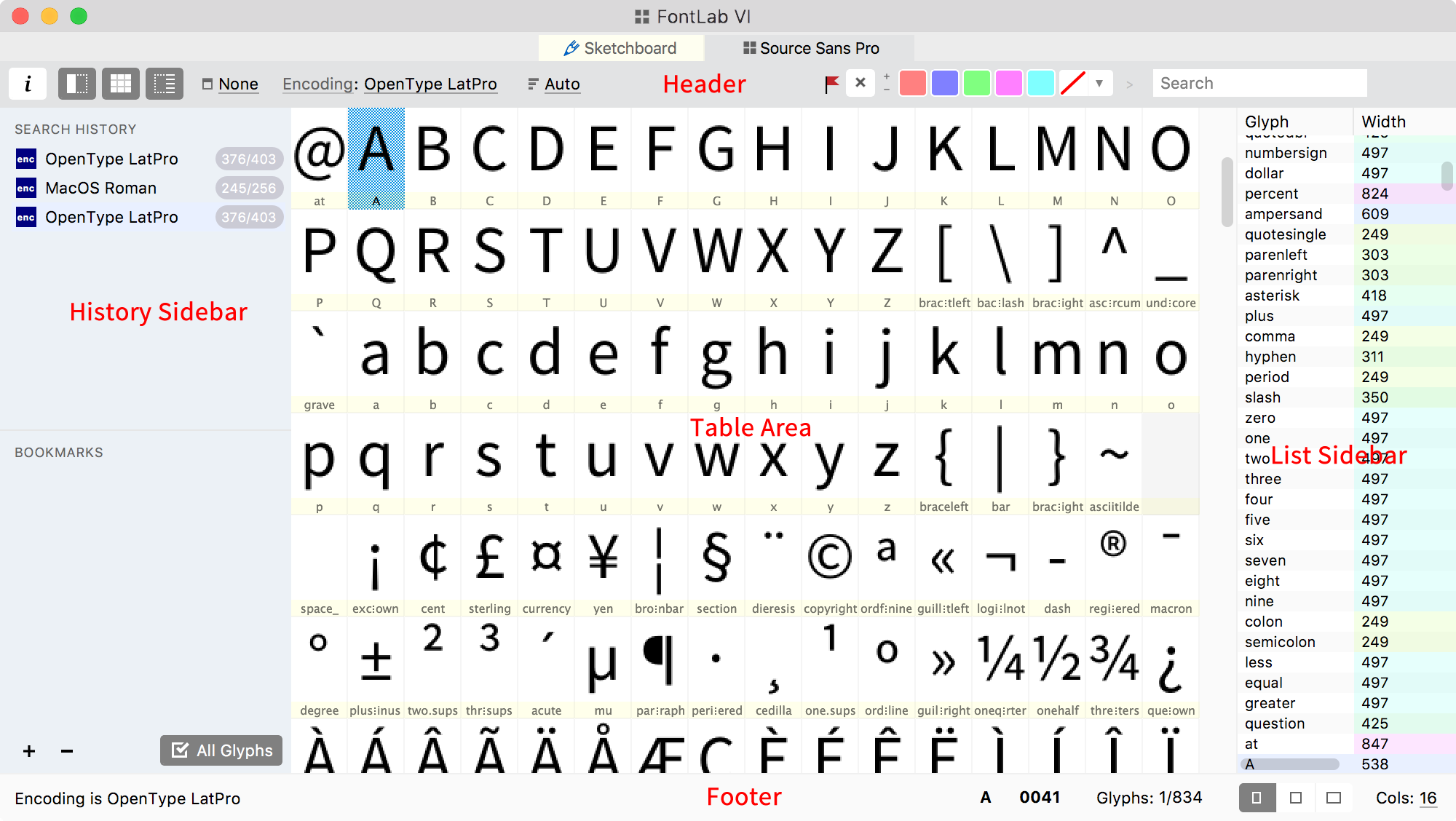
These icons will automatically scale depending on screen resolution without adding to the binary file size. When you use fonts, you can include one ~100kb font file into your project that contains hundreds of icons. Not only is it a pain to have to generate all these icons, but it adds a lot of girth to your binary file size. Alternatively, press the up- or down-arrow keys to scroll through the list of font sizes one at a time, and then select the font size that you want from the list by pressing Enter.
CHANGING EIGHT OF FONT GLYPHS HOW TO
For example each icon would need a different size for mdpi, hdpi, xhdpi, xxhdpi, and xxxhdpi screens. How do I change the font size on my computer using the keyboard Press Ctrl+Shift+P, and enter the font size that you want. Here’s how to change the font size in VS Code: Navigate to the User Settings menu (step number 3 in the font tutorial). Current displays the selected glyphs if the Font window is active or the visible text in the Glyph.
CHANGING EIGHT OF FONT GLYPHS ANDROID
Android alone has many different device resolutions and requires a different icon size for each. Properties of font masters are divided into two. Let’s say you have a mobile application that uses twenty (20) different glyph icons. To compute the width of a single character, you can now use either of the following without performance penalty: font.glyphadvance(ord('')) fontsize font.textlength('', fontsize. For performance reasons, it has been rewritten in C for v1.18.14. I wanted to take it further to fill any holes in how to do this.īefore we jump into some code, let’s look at why using fonts is a good idea in an application. Specifically to add a high number of extra glyphs from popular iconic fonts such as Font Awesome, Devicons, Octicons. This method was originally implemented in Python, based on calling Font.glyphadvance(). I was inspired to write this article after reading a similar post on the NativeScript blog. If a font has 2048 UPM size of 2048, to get a text string of 100 pixels it would need to be scaled by 4.9. If a font has 1000 UPM, to get a text string with a height of 100 pixels (assuming that we use a raster output device), the rendering system would scale this font by 10. Now it’s time to do it with NativeScript. Generally in western fonts it is 7580 above and 2025 below. For example: lvstylesettextfont(&mystyle, LVSTATEDEFAULT, &lvfontmontserrat28) /Set a larger font/.


A font is stored in a lvfontt variable and can be set in styles textfont field. I already demonstrated using these glyph icons in an Ionic Framework, React Native, and even a native Android application. In LVGL fonts are collections of bitmaps and other information required to render the images of the letters (glyph). It is very easy to include Font Awesome in your Telerik NativeScript mobile application. The thing is, it isn’t just web developers that can make use of Font Awesome. Web developers have it easy with the incredibly useful Font Awesome glyph icon package. Creating icons throughout an app can be a rough process, not just from a creativity perspective, but also from the perspective of displaying these icons on various screen sizes and resolutions. If you’re like me, you’re terrible when it comes to design and that includes graphic design.


 0 kommentar(er)
0 kommentar(er)
